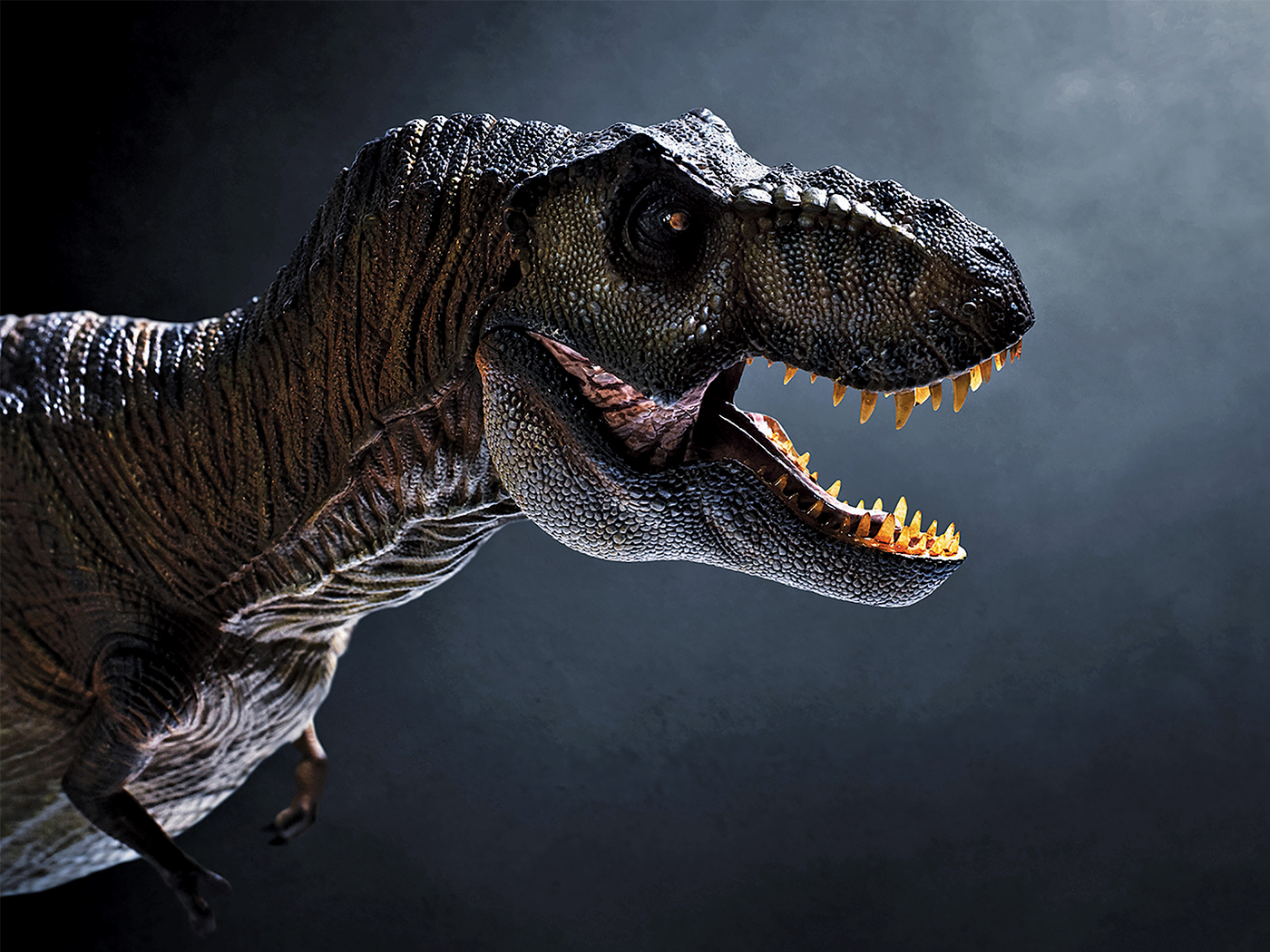The analysis of data from the MESSENGER spacecraft has revealed evidence of recent tectonic activity on Mercury—activity caused by the ongoing cooling of the planet’s interior.1,2 This evidence is in the form of small fractures (or grabens) incised into long embankments, called lobate scarps. As Mercury’s interior cools, it shrinks. As a result, thrust faults form in the surface, forcing part of the terrain up and over another piece of terrain, producing scarps. The conventional thinking has long been that this shrinkage began billions of years ago.
However, smaller fracture-bound regions, called grabens, incised into the thrusted scarps, indicate more recent geological activity. Debris from meteorite impacts, as well as the tendency of raised portions of the crust to sag and flow downhill, should have erased and filled in the grabens. Scientists estimated that the grabens on Mercury could be infilled at a rate of about 10 centimeters per million years. Based on the depths of the grabens, they concluded that they had to be relatively young, no more than 300 million years old.2 But this is a maximum age, and the grabens could be younger than this.
A press release written by one of the scientists associated with this research said, “Planetary scientists have long known that Mercury has been shrinking for billions of years.”1 However, this is arguably revisionist history. The late solar system expert Stuart Ross Taylor wrote in his 2005 textbook, “Following the initial contraction, the radius of Mercury has been unchanged for at least [4 billion years].”3
Yes, evolutionary scientists have long believed that Mercury began cooling and shrinking billions of years ago. But it is not at all obvious that the shrinkage should still be ongoing. This is because a small planet like Mercury loses heat to space fairly quickly. After billions of years, one might expect any such cooling, and the resulting shrinkage, to have become negligible. For this very same reason, mainstream scientists were shocked to find evidence of recent—and likely ongoing—geological activity on our own Moon.4
In fact, it is because of this presumed rapid heat loss that mainstream scientists were surprised when data from the Mariner 10 spacecraft revealed that Mercury still has a magnetic field.5 This is because ‘planetary dynamo’ theories attempting to explain how a planet can maintain a magnetic field over eons of time require a molten liquid core within the planet. But because of Mercury’s small size, Mercury’s core should have cooled off long ago, making it impossible for such dynamo behavior to continue.
Theorists attempting to explain the survival of Mercury’s magnetic field have suggested that perhaps Mercury’s core is indeed liquid but is surrounded by an insulating layer of iron sulfide, or perhaps contains large amounts of iron sulfide.3,6 This belief might slow down the cooling of the core sufficiently so that Mercury could still have a magnetic field today. Regardless of whether this hypothesis is viable or not, theories of planetary formation have long held that lighter, more volatile elements like sulfur should not exist this close to the sun.7
The survival of Mercury’s magnetic field and ongoing contraction are much easier to explain if Mercury was created recently. Indeed, indications of relative youth are abundant throughout our solar system.8-13 This should not be surprising since Scripture affirms that the Lord Jesus Christ created the entire universe recently, just 6,000 years ago.14,15
References
- Rothery, D. Mercury: Shrinking planet is still getting smaller, according to new research. Phys.org. Posted October 3, 2023 at phys.org, accessed October 3, 2023.
- Man, B. et al. 2023. Widespread small grabens consistent with recent tectonism on Mercury. Nature Geoscience.
- Taylor, S. R. 2005. Solar System Evolution: A New Perspective (2nd edition, paperback version). Cambridge, Cambridge University Press, p. 306.
- Hebert, J. Moon is Unexpectedly Still Cooling and Shrinking. Creation Science Update. Posted on ICR.org June 6, 2019, accessed October 3, 2023.
- Choi, Q. The Enduring Mysteries of Mercury. LiveScience. Posted January 14, 2008 on livescience.com, accessed October 3, 2023.
- Grossman, L. Iron sulfide may be keeping Mercury’s core toasty and its magnetic field alive. Science News. Posted on sciencenews.org September 3, 2019, accessed October 6, 2023.
- Taylor, reference 3, 2005, p. 303.
- Hebert, J. Youthful Solar System Bodies Puzzle Evolutionary Scientists. Creation Science Update. Posted on ICR.org February 13, 2013, accessed October 3, 2023.
- Thomas, B. 2015. Pluto’s Craterless Plains Look Young. Creation Science Update. Posted on ICR.org November 23, 2015, accessed October 3, 2023.
- Hebert, J. Martian Lander Discovers “Surprising” Martian Volcanism. Creation Science Update. Posted on ICR.org January 2, 2023, accessed October 6, 2023.
- Hebert, J. Venus Likely Geologically Active. Creation Science Update. Posted on ICR.org August 16, 2021, accessed October 6, 2023.
- Hebert, J. 2023. Jupiter’s Young Moons. Acts & Facts. 52 (5).
- Hebert, J. Our Young Solar System. Acts & Facts. 47 (9).
- Genesis 1:1, Colossians 1:13-17.
- Johnson, J. J. S. 2008. How Young is the Earth? Applying Simple Math to Data in Genesis. Acts & Facts. 37 (10): 4.
* Dr. Hebert is Research Scientist at the Institute for Creation Research and earned his Ph.D. in physics from the University of Texas at Dallas.







